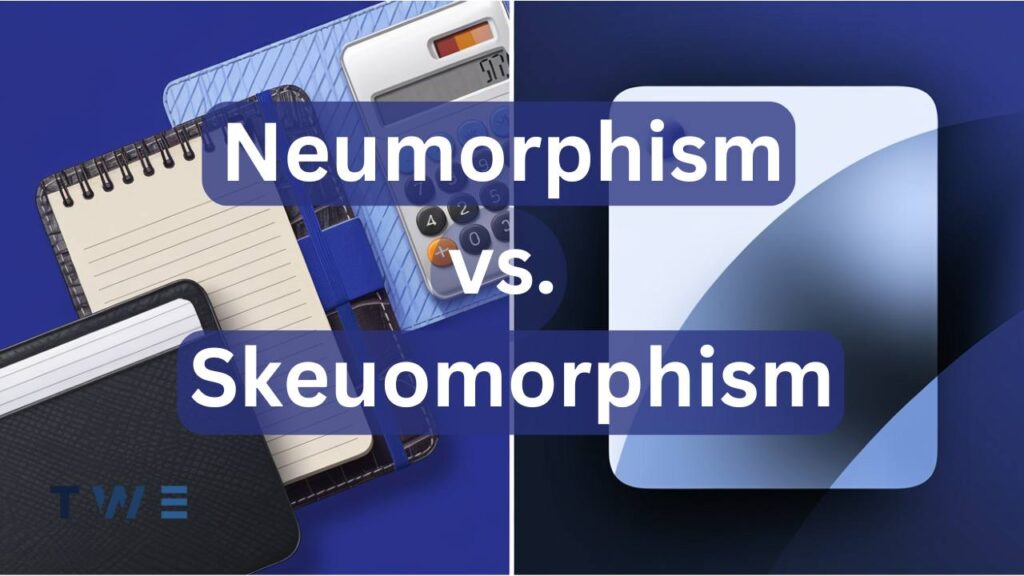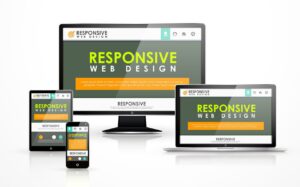User Interface (UI) design is an ever-evolving discipline that plays a critical role in how users interact with digital products. Two popular design trends Neumorphism and Skeuomorphism have gained traction at different times, each bringing its unique approach to aesthetic and functional design. This article provides a comprehensive comparison of Neumorphism and Skeuomorphism, exploring their principles, advantages, limitations, and use cases.
| Aspect | Skeuomorphism | Neumorphism |
| Definition | A design style that mimics real-world objects and textures to make digital interfaces intuitive. | A modern design trend that blends minimalism with soft shadows, creating a tactile, 3D-like appearance. |
| Visual Style | Realistic textures, gradients, and high-detail designs that replicate physical materials. | Subtle depth is created with light and dark shadows, soft edges, and a muted color palette. |
| Usability | Highly intuitive for first-time users due to familiar, real-world metaphors. | May present challenges for accessibility due to low contrast and reliance on shadow effects. |
| Accessibility | Generally accessible but can become cluttered with excessive details. | Often criticized for poor contrast, making it harder for users with visual impairments. |
| Historical Context | Popular in the early 2000s, especially in Apple’s iOS pre-iOS 7 era, under Steve Jobs. | Gained traction around 2019, widely shared on platforms like Dribbble and Behance. |
| Implementation | Requires detailed textures and more resources to design realistic elements. | Easier to implement with modern tools but requires careful handling of contrast and depth. |
Advantages
| Skeuomorphism | Neumorphism |
| – Familiar for new users due to real-world metaphors. | – Offers a clean, modern aesthetic that aligns with current trends. |
| – Rich and detailed designs create immersive experiences. | – Tactile feel with soft shadows makes elements appear interactive. |
| – Evokes emotional connections and nostalgia. | – Works well for minimalist dashboards and interfaces. |
Get in Touch with Our Team

Limitations
| Skeuomorphism | Neumorphism |
| – Can lead to cluttered designs when overdone. | – Low contrast can make it inaccessible for visually impaired users. |
| – Difficult to scale across varying screen sizes. | – Overuse of shadows may reduce clarity and usability. |
| – Considered outdated in the modern flat design era. | – Not suitable for dense or highly functional applications. |
Use Cases
| Skeuomorphism | Neumorphism |
| – Gaming interfaces mimicking physical game boards or tools. | – Health and fitness apps with calming, clean interfaces. |
| – Educational apps that replicate books, calculators, or lab tools. | – Finance apps and dashboards offering a sleek, tactile appearance. |
| – Vintage-themed apps leveraging nostalgia. | – Smart home controls with intuitive, interactive buttons. |
Accessibility
| Skeuomorphism | Neumorphism |
| – Designs may become overly detailed, impacting clarity for all users. | – Poor contrast ratios can hinder usability for visually impaired users. |
| – Requires careful moderation to maintain simplicity. | – Needs strong accessibility considerations to ensure inclusivity. |
Tools and Techniques
| Skeuomorphism | Neumorphism |
| – Tools: Photoshop, Illustrator, for high-detail textures. | – Tools: Figma, Sketch, Adobe XD, for subtle shadowing and lighting. |
| – Best Practices: Use realism sparingly to avoid clutter. | – Best Practices: Prioritize contrast and simplicity to improve accessibility. |
Conclusion
Both Neumorphism and Skeuomorphism have their place in UI design, depending on the project’s goals and audience. Skeuomorphism excels in creating familiarity and emotional connection, while Neumorphism offers a modern, minimalistic appeal. By understanding their strengths and limitations, designers can make informed choices to deliver effective and engaging user experiences.








